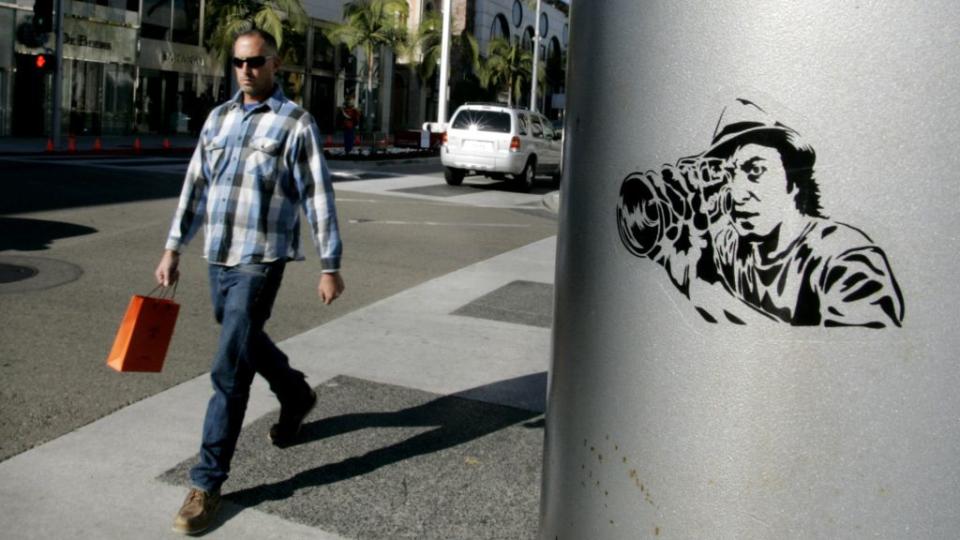Kodak is trying to stay relevant with a cryptocurrency scheme run by paparazzi

Kodak, the brand once synonymous with photographic film, is now in the blockchain business, sort of. It announced yesterday (Jan. 9) that it is licensing its brand to something called KodakCoin, which would use a blockchain to track rights to digital photos and other images. Its stock duly tripled today.

The company paying Kodak to use its brand is a unit of WENN Media, a photo agency that specializes in paparazzi photos. Among WENN’s greatest hits is an infamous 2007 “crotch shot” of Britney Spears getting out of a car, which gained notoriety after celebrity blogger Perez Hilton published it. Here’s how WENN, which stands for World Entertainment News Network, describes its heyday in in the 1990s:
“Recognising the growing importance of paparazzi style imagery, under the leadership of top pap Owen Beiny, WENN developed an international pool of paparazzi photographers which includes some of the world’s most talented and tenacious photojournalists.”
WENN proposes to launch KodakCoin as the native token of the KodakOne blockchain. What does KodakOne do? It trawls the web for unauthorized use of images that WENN holds the rights to. When the system finds a licensing violation, it will settle payments due to photographers using KodakCoin. Kodak didn’t respond to a request for further details about the blockchain project and the licensing agreement.
If a blockchain-based system to track photos on the web sounds far-fetched, suspend your disbelief for a moment. It’s actually a problem that several startups in the blockchain world have tackled, with varying degrees of success. Among them was Mediachain, which did almost exactly what KodakOne plans to do, and was acquired by Spotify last year. Another firm was Ascribe, which used a blockchain to track fine art and other intellectual property.
Bruce Pon, a co-founder of Ascribe, which renamed itself BigchainDB in 2016, says what KodakOne is trying to do is incredibly difficult. “Securing attribution and image rights is the holy grail for all creators, not only photographers,” he says. “If Kodak pulls this off, it would be epic, like Apple’s comeback.”

This may be why Kodak has another cryptocurrency related licensing deal in place, with LED light manufacturer Spotlite. This scheme offers a more steady revenue stream by splashing the Kodak brand on a bitcoin mining rig called the Kodak KashMiner. The deal is for customers to pay in advance for a two-year contract to share in the spoils of a bitcoin mining operation run by Spotlite, a practice known in the industry as “cloud mining.” The BBC reports that Kodak even plans to install “rows” of miners at its headquarters in Rochester, New York.
For Ascribe founder Pon, who had to reposition the company after realizing that much work had to be done on basic technical problems with blockchains, Kodak’s blockchain ambitions are a long shot. He handicaps KodakOne’s chances of success at less than 20%. “There’ll be a temporary bump in stock price,” he says. “But who knows? It could be the start of a miracle comeback.”


Sign up for the Quartz Daily Brief, our free daily newsletter with the world’s most important and interesting news.
More stories from Quartz:
